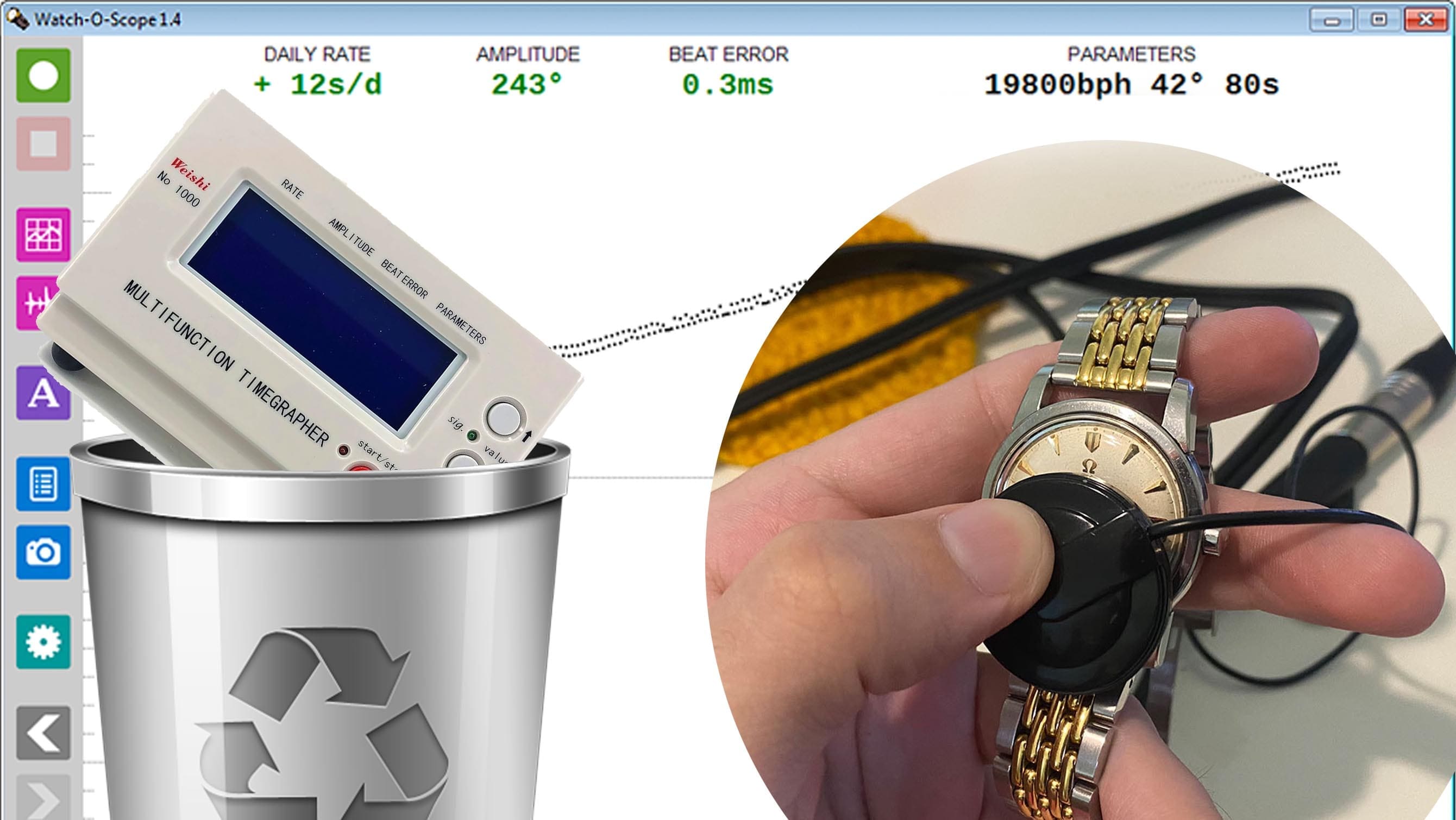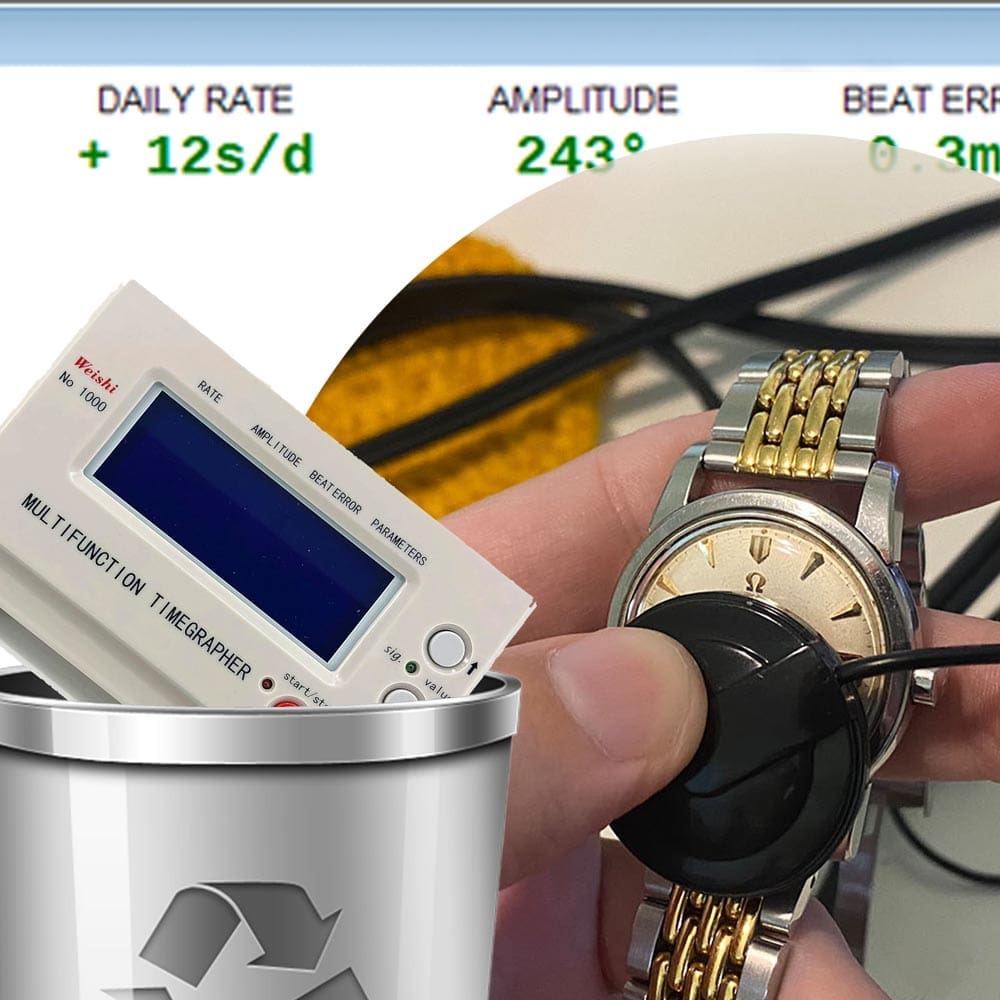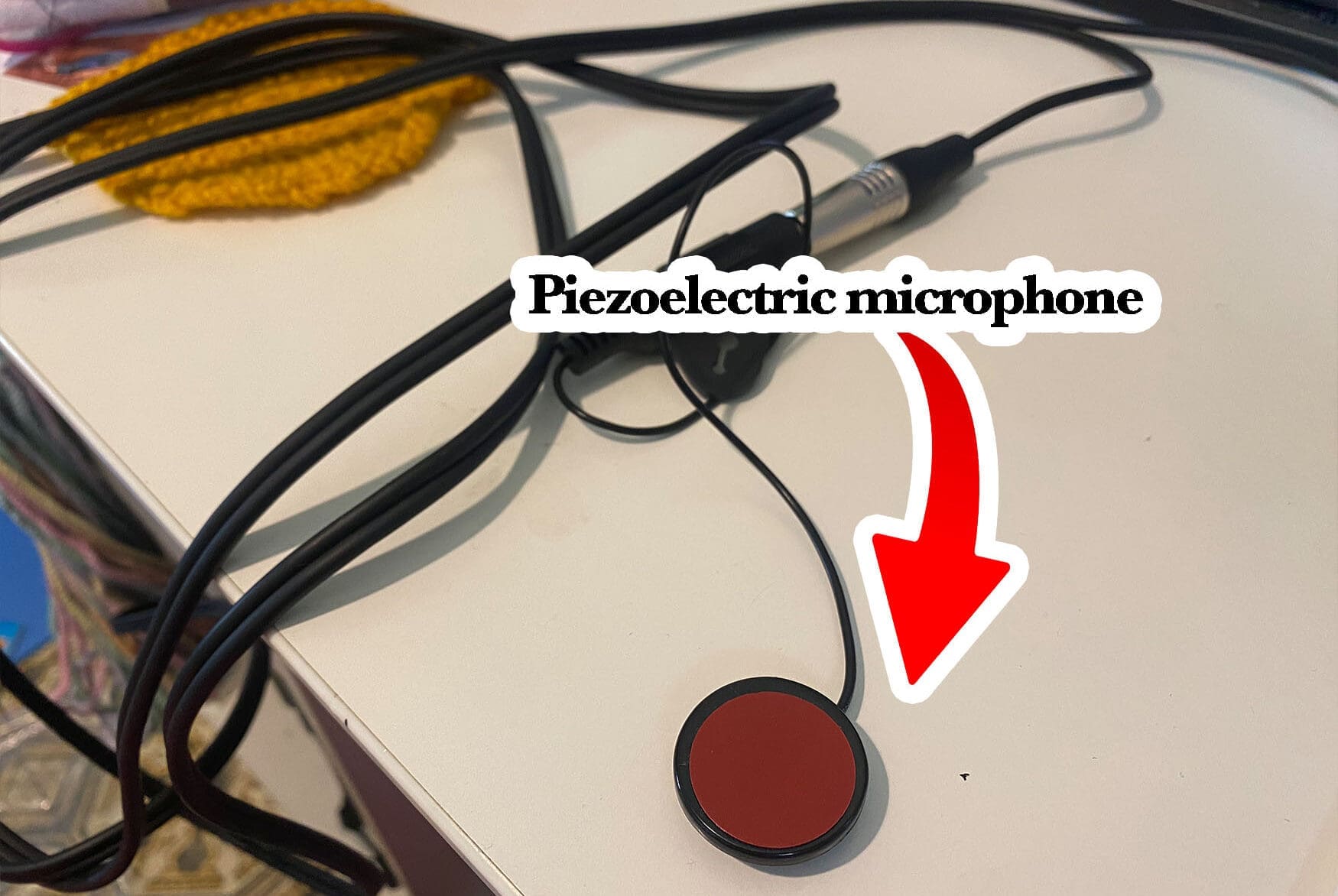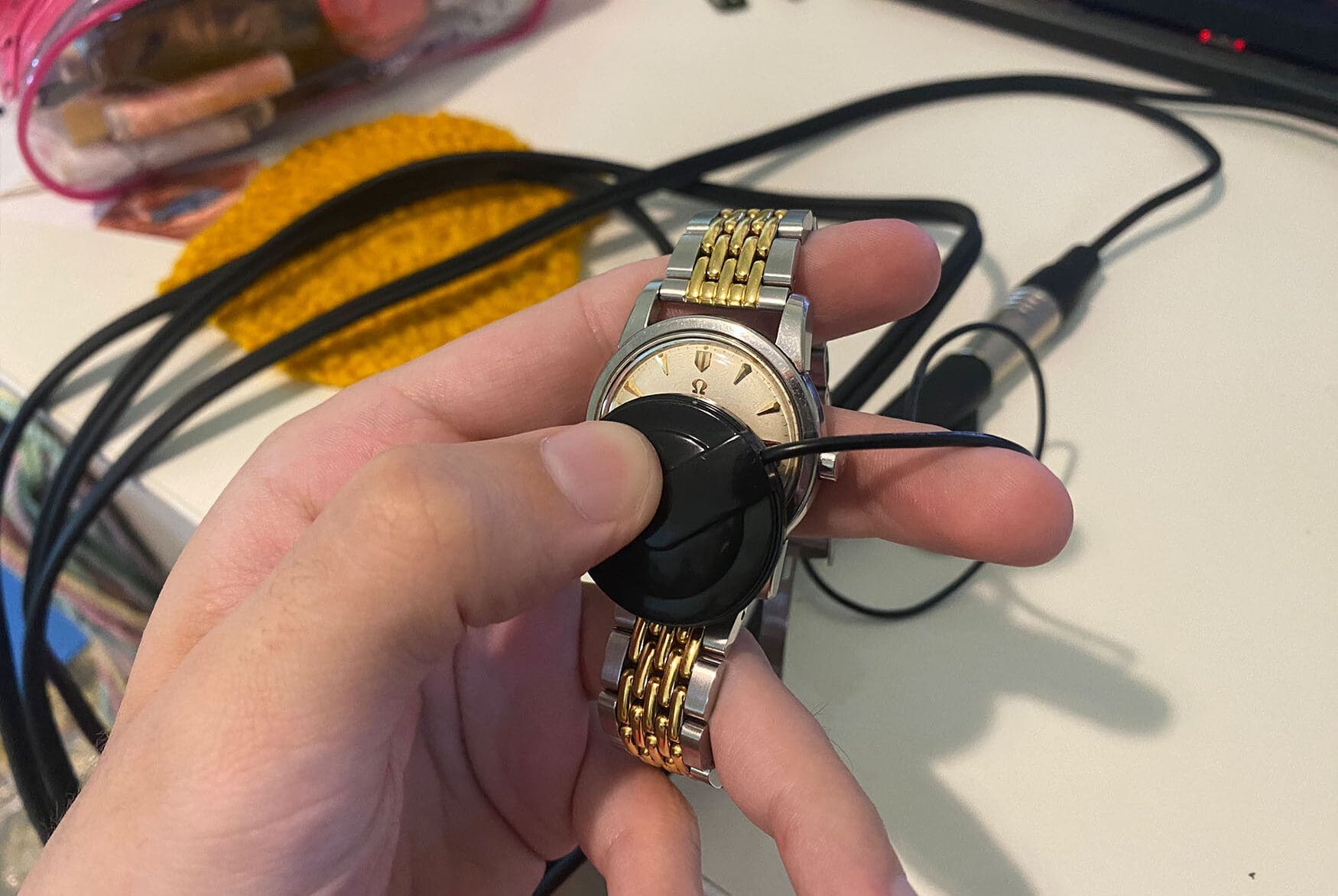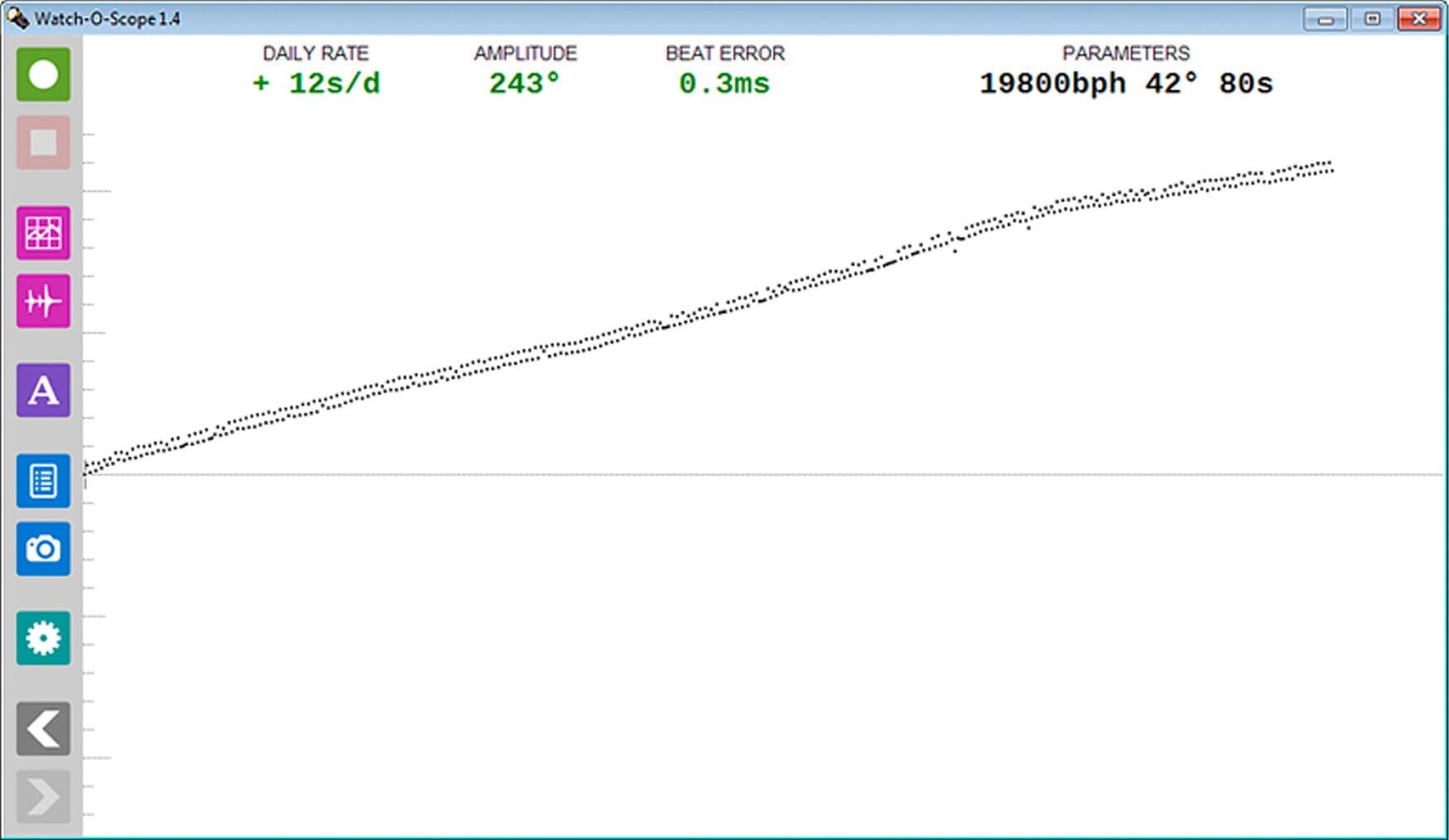How to make your own DIY timegrapher
Buffy AcaciaIn an age where the right to repair is dwindling, watch enthusiasts’ old-school sensibilities can sometimes come in handy. Not only do we appreciate the technical complexity of these contraptions, but we seek to understand them as best as we can. Sure, there are those with enough disposable income to have their entire collection professionally serviced at regular intervals, but the shallow-pocketed among us have had to learn how to do some bits ourselves. Just like it’s a good idea to learn how to do your own oil changes on a car, there are some tricks and tools which have become essential in the watch world. Whether it’s as simple as buying a spring bar tool to change your own straps or as complex as performing a full service, there are so many resources to take advantage of online. Adding to the education pot, I’m going to explain how to make your own DIY timegrapher.
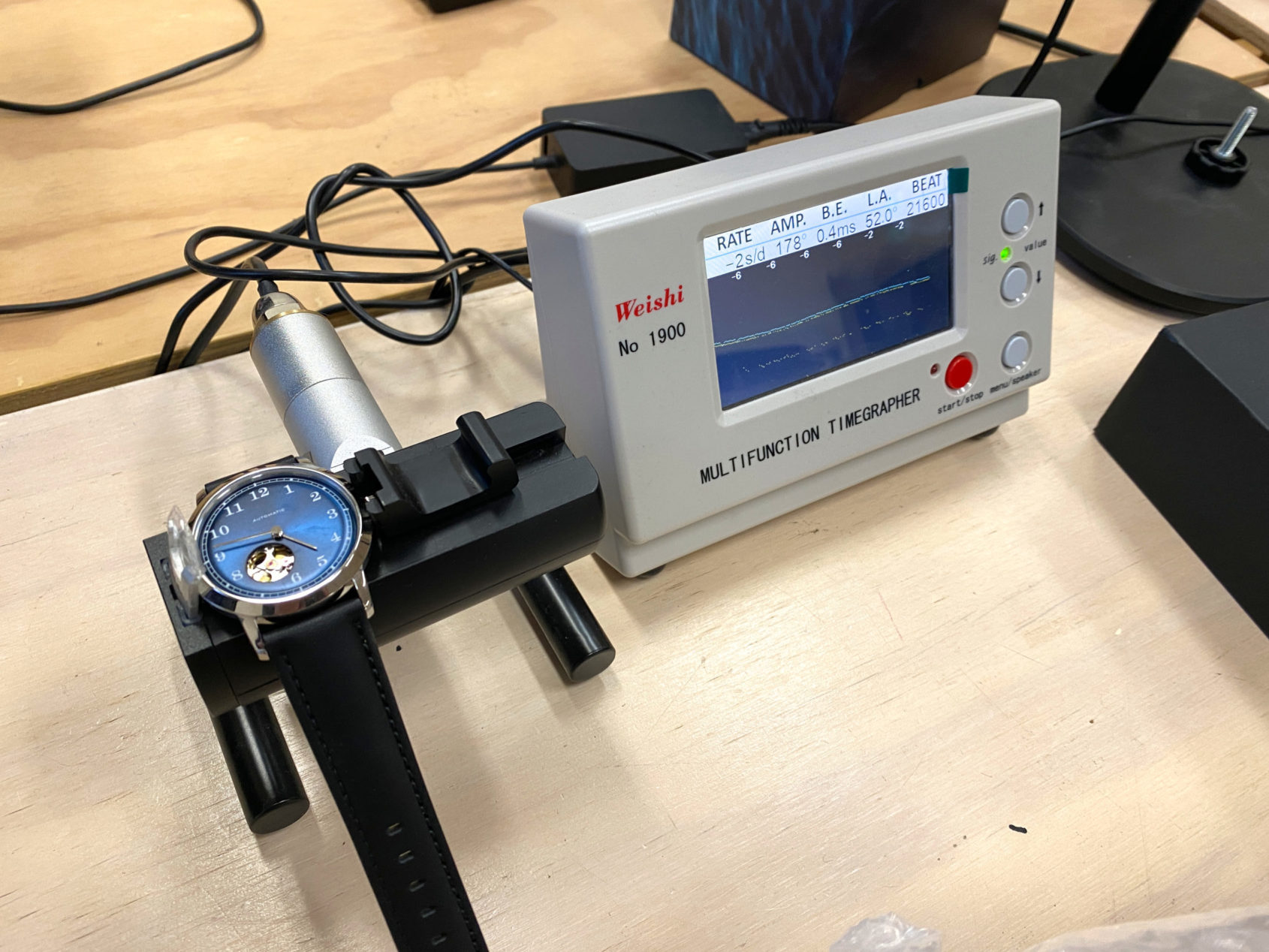
To be clear, I’m nowhere near the first person to have done this, but the idea did come to me naturally. I recently managed to buy a 1950s Universal Genève for $7 at a second-hand store, but I couldn’t afford to take it to a watchmaker for the proper care it needed. So, I went the heathen route and decided to fix as much as I could with a very limited budget, and even more limited experience. It turned out well, although it was still losing time even with the balance adjustment all the way forward. I really wanted to see exactly what was going on with its tiny movement, but for that, I needed a timegrapher. If you’re unfamiliar, a timegrapher is a device which detects the rhythms of your watch movement, and from there it can extrapolate all kinds of data. The money number is the daily rate, which you want to be as close to +/-0 as possible.
If you’ve seen some YouTube watch reviews or restoration videos, then you’re probably familiar with the sight of the Weishi 1000. It’s the ubiquitous choice because it’s so affordable, usually ranging between US$100-$200 depending on sales. A professional watchmaker may need something a little bit more complex, but for the average hobbyist, it’s a fantastic and fully-featured machine. All that said, I didn’t have US$100 to spend on a piece of equipment I’d rarely use. I realised that a timegrapher is basically just something which listens to a watch, then does some maths in a box, so how hard could it be to recreate that? Here was my solution, and here’s the cheapest way to make a DIY timegrapher.
Firstly, you need a way to convert the sound of the watch ticking into an electrical signal. That’s exactly what microphones are for, but most microphones aren’t suited for this kind of job. The sound is incredibly faint, but if you choose a super-sensitive microphone, then the ticking is likely going to be drowned out by any and all background noise. Even if you think your room is quiet enough, your breathing and heartbeat could be enough to interrupt a clean signal. What you need is a piezoelectric microphone. These actually work in the direct opposite way that a quartz watch works, and it’s truly fascinating. Quartz crystals have a piezoelectric property, which means that they can convert physical energy into electrical energy, and vice versa. In a watch movement, a voltage is applied via the battery, which makes the crystal vibrate at the correct frequency to control the timing tick of a watch. In a piezo mic, tapping it gives off a signal which can travel down a wire and go into a computer. They’re very sensitive to being touched directly, but sound travelling through the air doesn’t get picked up as much. This is what timegraphers use, and it’s what we’ll use too.
The cheapest option would probably be to buy a piezo microphone and wire it up yourself, but there are plenty of them ready-made you can buy. Most of the time, they’re sold as acoustic guitar pickups. They’re designed to stick to a guitar, pick up the vibrations of someone playing, and send the signal to an amplifier. The one that I bought connects with a 6.35mm mono audio cable, so I also used a converter I already had which let me plug it into the 3.5mm jack on my PC. Now we have the microphone ready, we just need a program which can interpret those signals, and spit out the numbers we want to see. There are a few to choose from, but I ended up downloading a program called Watch-O-Scope. All I had to do was install it, load it up, make sure the correct microphone channel was selected, and it was ready.
Reading Watch-O-Scope is pretty much as simple as reading a Weishi, but you need to know what you’re looking at. The daily rate is self-explanatory, essentially using the frequency of the ticking and determining how accurate it is. For example, if your watch is beating at 28,800 vibrations per hour, it’s ticking 8 times per second. If the timegrapher detects the ticking as faster or slower, it can detect exactly how much time your watch will be gaining or losing per day. Of course this will vary in different conditions like temperature and angles, so it’s helpful to remember that the timegrapher number isn’t going to be 100% accurate. Next, the amplitude describes how far the balance wheel swings in either direction, usually between 270 and 315 degrees. A low amplitude can lead to poor timekeeping like in my little Universal Genève, and may indicate an issue with the mainspring or with the escapement. The beat error measures irregularities in the ticks by comparing the balance’s clockwise and counterclockwise swings. It is possible to have a perfectly fine daily rate and a healthy amplitude with high beat error readings, but it may indicate damage to the balance spring which could worsen over time.
Now you have your very own timegrapher! Whether you use it to diagnose issues, adjust your own watches or simply keep track of which watches are coming up to their servicing date, it’s both a fun and useful tool to have in your arsenal.




